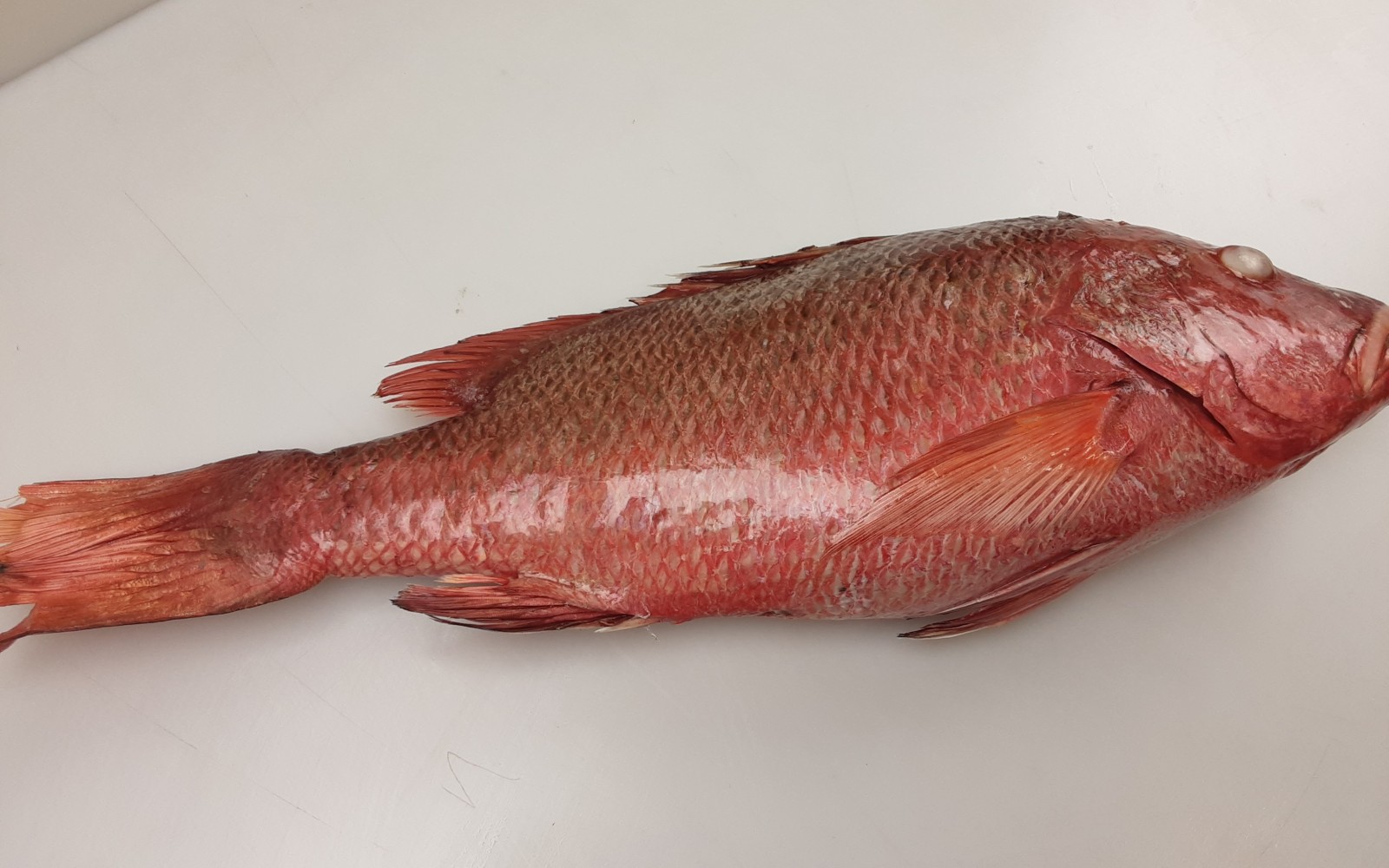
Who sang fish heads skin#
You can easily identify it by its lack of scales and thick rubbery silver skin (traits of the Mackerel family), as well as its black vertical stripes (unlike Mackerel and Tua Ban which both have black spots rather than stripes).Batang belongs to the Mackerel family of fish, which also includes Mackerel which is smaller and cheaper, and Tua Pan which is the most premium fish within the mackerel family in our local wet markets.There are two types of Ngor Her: the economical version (known simply as Ngor Her) has a black and white pattern on its skin and the premium version (known as Balai Ngor, because they are fished off Tanjung Balai in Indonesia) has a golden colour pattern in addition to the usual black and white.Ĭlaim to fame: Batang is the typical fish steak used for pan-frying, and for making sliced fish soup and sliced fish porridge.If you are buying Threadfin for your baby’s first food, let the fishmonger know and they will remove the bones for you.You need to beat the crowd to avoid disappointment. The bones are usually snapped up very early in the morning.Indian Threadfin is typically sold as a cutlet (steak) or fillet.The bone, when boiled with green unripened papaya as a soup, is a milk booster especially for mothers who have a low supply of breast milk. Also, we left out Parang Fish, which used to be very popular for Yu Sheng and Raw Fish Porridge, but has now diminished drastically in popularity since the GBS infection outbreak scares in recent years.Īlso known as: Ngor Her (Hokkien), 午鱼 Wu Yu or 马友鱼 Ma You Yu (Mandarin), Ma Yau Yu (Cantonese), Ikan Kurau (Malay)Ĭlaim to fame: The “go-to fish” for weaning babies and lactating mothers. Note: The list is not in any order of importance. Maybe we will even succeed in persuading you to venture out to your nearest wet market to test out your newfound knowledge, who knows?

This guide is written in a fun and light hearted style, so we hope it will be an easy, fun and non-technical read for the average Singaporean and Malaysian foodie. We hope this simple guide can allow more people (especially those who seldom go to the wet market) to better appreciate local fishes and understand their role in our local cuisine. And finally, we will also tell you the general cooking method for each fish. Instead we will focus on ‘local knowledge’: like why these fish have a ‘claim to fame’ in our local cuisine, and the colloquial names for these fish, which can be confusing because some of the fish has many names that may or may not suit their description! We will also tell you the key things to look out for, so you can easily identify each fish when you see it. To make this easy and fun to read, there won’t be any technical jargon, scientific names and that sort of thing which you can easily find elsewhere and others have already done a very good job with it. Because these local fish all feature extensively in our Singaporean and Malaysian cuisine, and more likely than not, you will be consuming some of this delicious local fishes at some point or another in the next two weeks! By the end of this guide, you will know which local fishes goes into your Nasi Lemak, Fishhead Curry and Fishball Noodles!

After several requests from our readers, we have finally got round to creating our very own ‘Every Foodie’s MUST-HAVE Guide to 10 Common Local Fishes’! It took a while to take the photographs and put everything together, but here is it, our list of the top 10 most common local fishes that every self-proclaimed and self-respecting foodie must know.


 0 kommentar(er)
0 kommentar(er)
